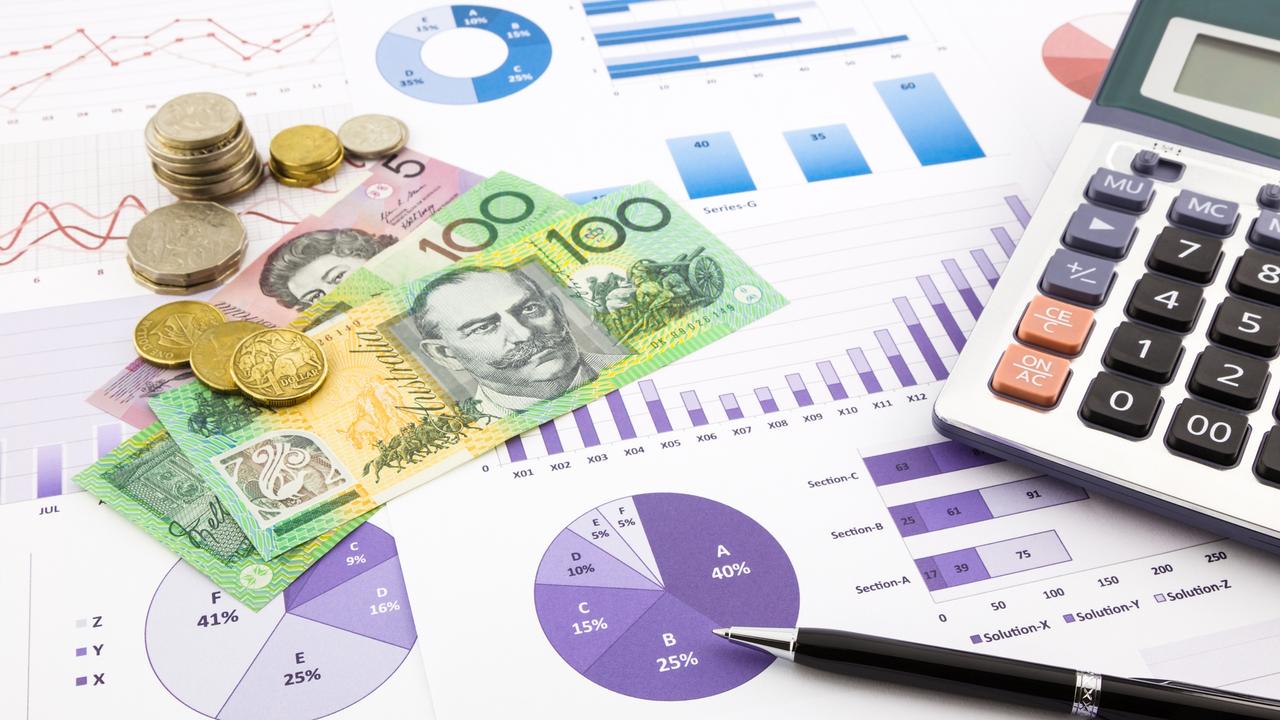Dividend traps for investors can be a painful financial lesson
High dividends do not automatically signal a great investment portfolio, and there are traps that investors should understand.
Share dividends have lost some lustre lately despite delivering billions of dollars of cash to Aussie investors over many years.
Australia is one of the world’s highest dividend-paying countries, and retirees in particular love them because of the extra franking credit-related tax benefits they deliver to those who are on lower incomes or have shares sitting in their super.
However, surging interest rates in the past 18 months have resulted in other assets such as bonds and bank deposits paying more than 5 per cent – above the Aussie share market’s average 4.7 per cent dividend yield – without the risk of owning shares.
Most banks, for decades seen a great high-dividend investments, are now anything but beautiful, with their capital growth in reverse in recent years.
For many investors, dividends remain an important feature of their portfolio because of their reliability and regularity.
But there are several red flags that investors should watch out for to check if their dividend strategy is likely to turn sour. Here are five.
1. CRAZY-HIGH YIELDS
A stock that is paying a high dividend yield of more than 10 per cent is usually a sinking stock, and this can signal that a company is in trouble.
The yields can be high because they are based on past dividend payouts at a time the share price has tanked.
It’s important to research and understand why a yield is high. But don’t sell unnecessarily – many of Australia’s big resources stocks have been paying excellent dividend yields in recent years as a result of their excellent profits, and their outlook remains solid.

2. SHRINKING DIVIDENDS
A company that has reduced its dividends over time is likely to be making smaller profits, which no investor wants to see. Similarly, flat profits mean flat dividends and less potential for compounding growth.
It’s easy to check on past dividend payouts online using a company’s corporate website or investment platforms and websites.
3. A STRUGGLING SECTOR
Sometimes it’s not a company’s fault that its dividend is diving or being scrapped. Events impacting the profitability of their entire sector could be shrinking profits and payouts.
Banks have taken a barrage of hits in the past decade ranging from the rise of PayPal and buy now, pay later businesses, to a royal commission, to cryptocurrency. It’s shown in their share prices – among the big four banks only CBA’s has climbed since November 2013. The share prices of the others – Westpac, NAB and ANZ – are down 36 per cent, 25 per cent and 17 per cent respectively compared with 10 years ago.
4. ANALYST CONSENSUS
See what experts are saying about your stock, because market analysts follow markets and mega-trends more closely than typical investors.
You can check broker recommendations on online share trading websites and investment platforms, and if a majority of analysts are slapping sell recommendations on a particular stock it could be time to get out – even if it is still paying a juicy dividend.
5. HIGH DEBT LEVELS
High interest rates don’t just hurt dividend investments by reducing their attractiveness compared with other asset classes such as bonds and cash.
Companies need growing profits to pay growing dividends, and those with large amounts of debt suddenly must pay much bigger interest charges.
Check a company’s debt level, and its changes over time, using annual reports and financial statement, or get an expert such as a stockbroker to help you.
The days of high dividends equating to rising dividends and great investments are behind us.
Originally published as Dividend traps for investors can be a painful financial lesson





